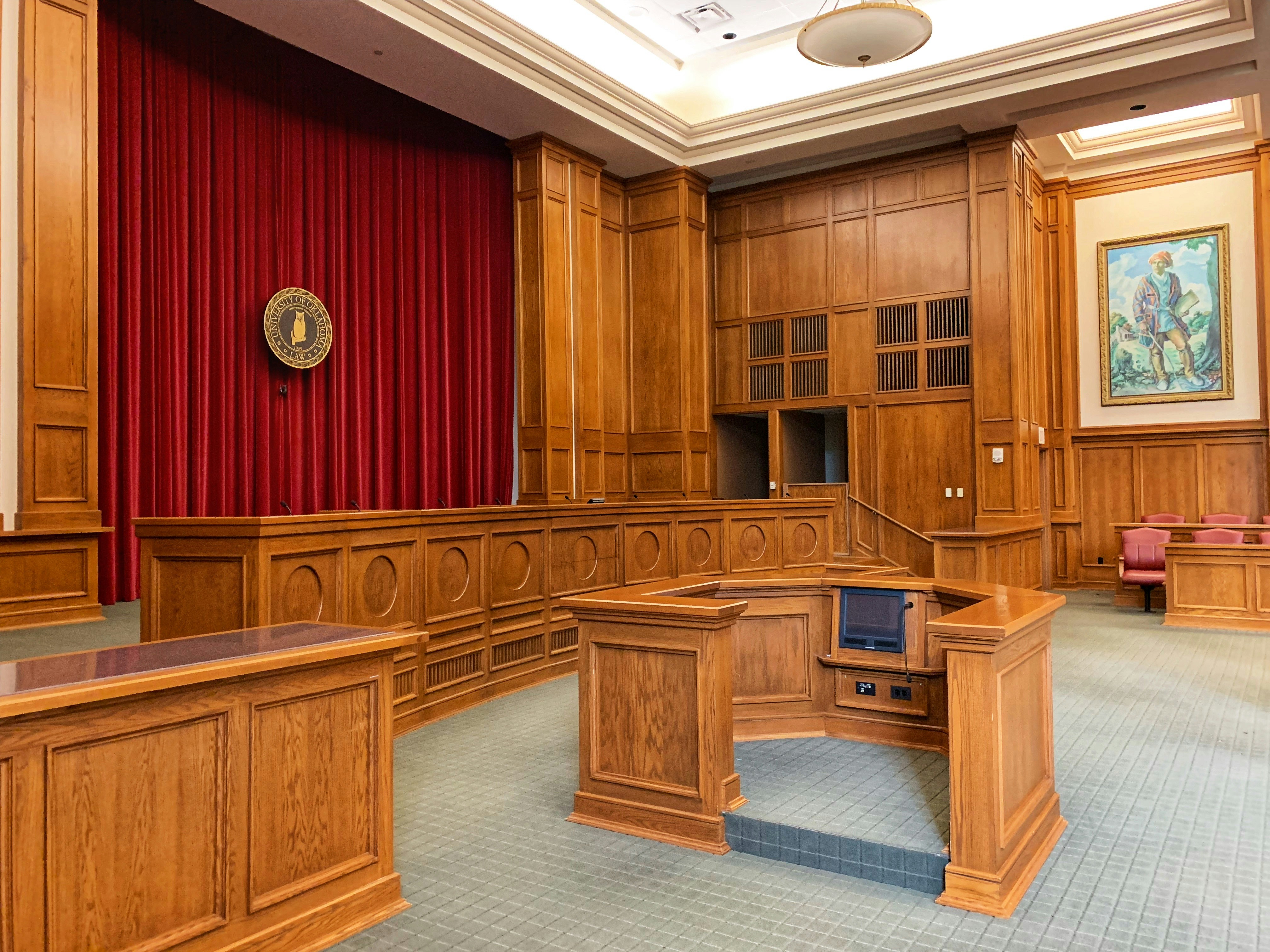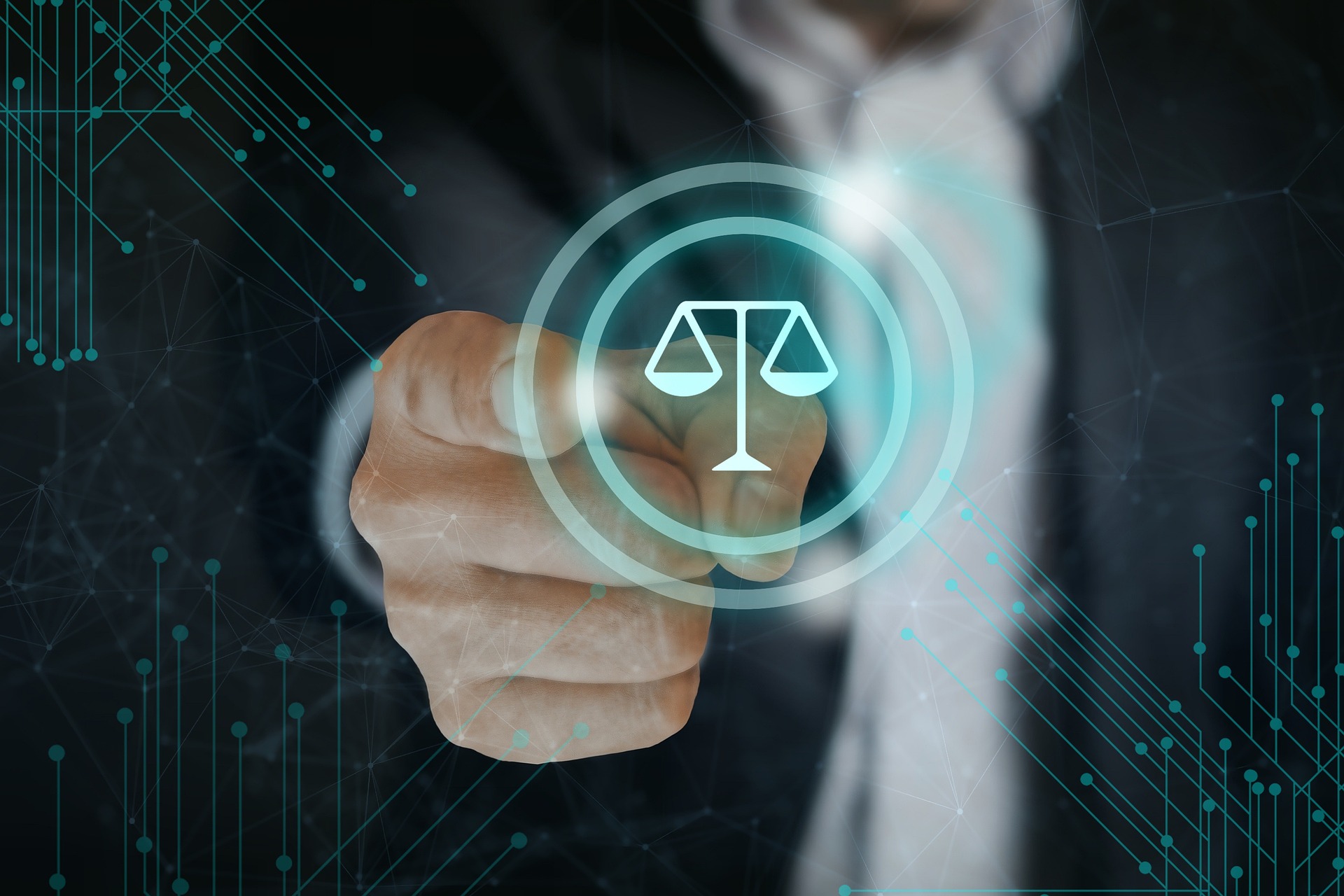Understanding the Role of Executive Orders in U.S. Governance
Executive orders, a form of presidential directive, have long played a crucial role in U.S. governance. They have been used to implement policies, adjust administrative details, and make significant decisions. This article delves into the historical background, current use, and societal implications of executive orders.

Historical Background of Executive Orders
The U.S. Constitution does not explicitly mention executive orders. However, Article Two provides the President with “executive power.” This has been interpreted to include the ability to issue orders to manage operations within the federal government.
The first executive order was issued in 1789 by President George Washington. Since then, each president has used this power to varying degrees. Notably, Franklin D. Roosevelt holds the record for the most executive orders, issuing over 3,700 during his time in office.
Current Use of Executive Orders
In recent years, executive orders have become an increasingly common tool for presidents to enact their policies. They offer a way for the executive branch to bypass the often slow-moving legislative process, especially when Congress is divided or uncooperative.
Executive orders can cover a wide range of issues. For instance, they have been used to address healthcare, immigration, and environmental regulations. However, they are not without controversy. Critics argue that they can be used to overstep the bounds of executive power and bypass the democratic process.
Legal Developments Around Executive Orders
While executive orders have the force of law, they are not immune from judicial review. The Supreme Court can overturn an executive order if it is deemed to be unconstitutional. The landmark case of Youngstown Sheet & Tube Co. v. Sawyer in 1952 established this precedent when the court ruled against President Truman’s order to seize steel mills during the Korean War.
In the modern era, legal challenges to executive orders have become more frequent. For example, several of President Trump’s executive orders, including the infamous “travel ban,” faced legal pushback.
Implications and Impact on Society
Executive orders can have a profound impact on society. They can shape policy and set the tone for an administration. However, because they bypass the legislative process, they can also lead to instability as policies shift dramatically between administrations.
Notably, executive orders can also lead to significant legal and societal debates. They challenge the balance of power in U.S. governance, prompting discussions around the limits of presidential authority and the role of checks and balances.
Conclusion
Executive orders are a central feature of U.S. governance. They offer a powerful tool for presidents to implement their agenda, but they also bring about legal and societal challenges. As such, they continue to be a subject of intense scrutiny and debate, underscoring the ever-evolving nature of U.S. politics and law.





